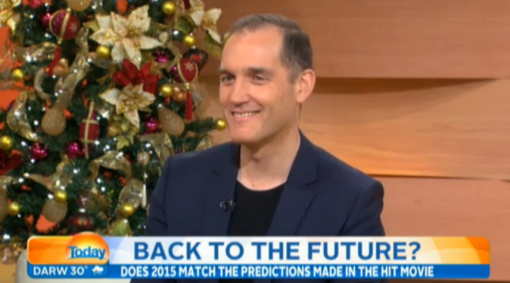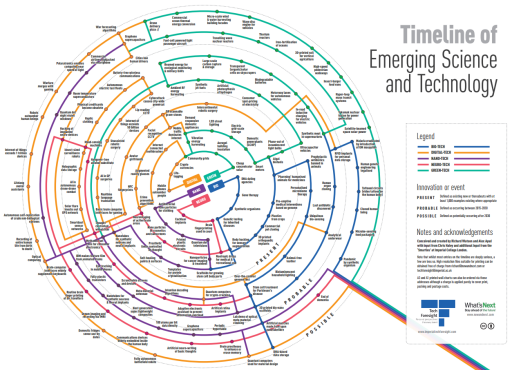The future of events: technology to make presentations interactive and social
Some events today have innovative formats and strong audience participation. However many conferences still sport essentially the same format as ever, a series of people presenting on a stage in front of a passive audience. It needn’t be this way. Technology eenables us to re-conceive what a presentation is and can be.
I approach this idea as both a speaker and an event organizer. I have been a professional speaker for over 15 years, and have also organized many conferences and events, including our Future of Media Summits, the first cross-continental conferences ever held.
A recent article in Sydney Morning Herald on how the new app Zeetings helps “keep audiences awake” looks at Zeetings, “a presentation app that is both interactive and social, and promises to stop audiences slumbering in their chairs.”
The article describes the background of the app and goes on to quote me:
Read more →


